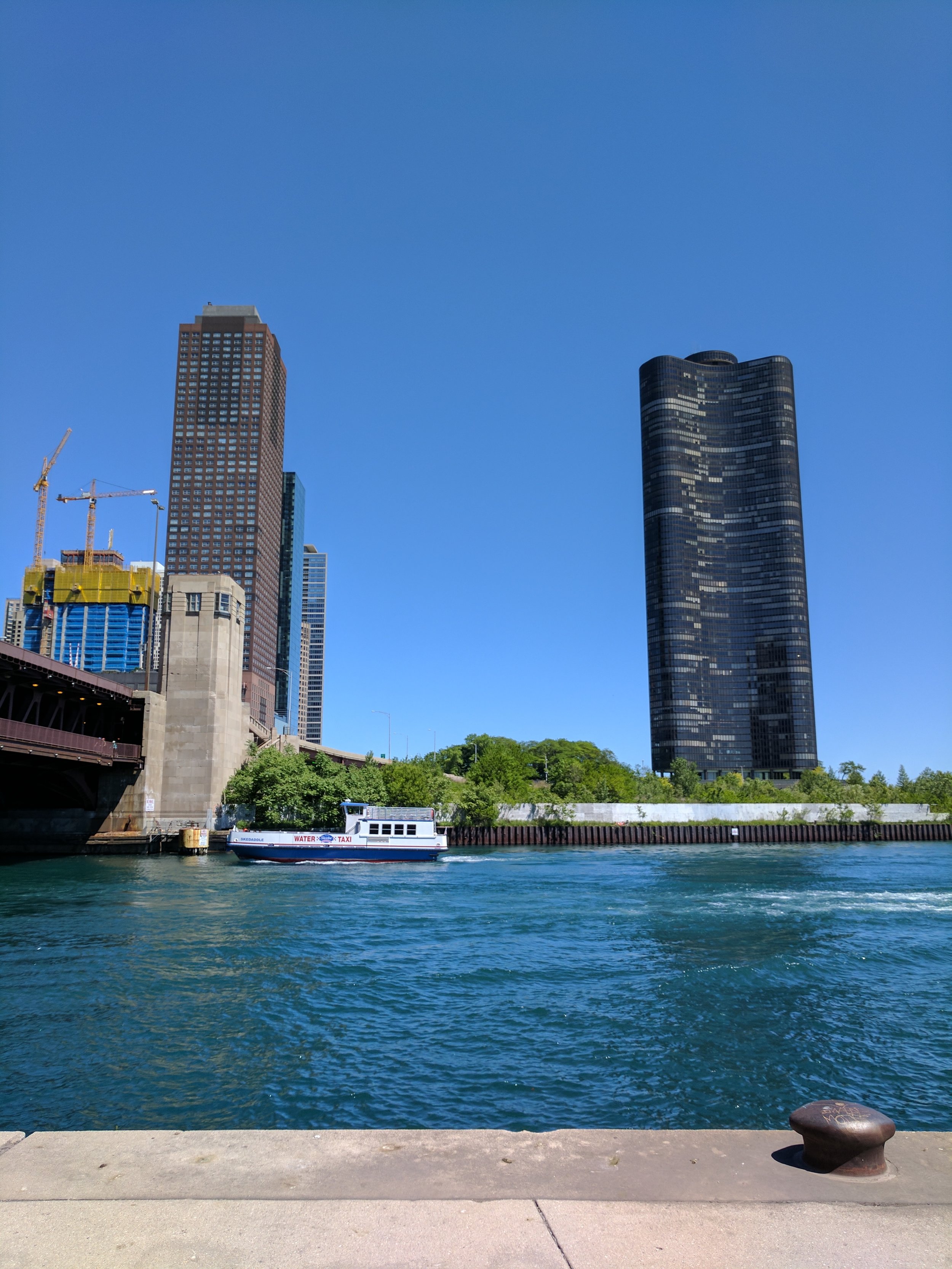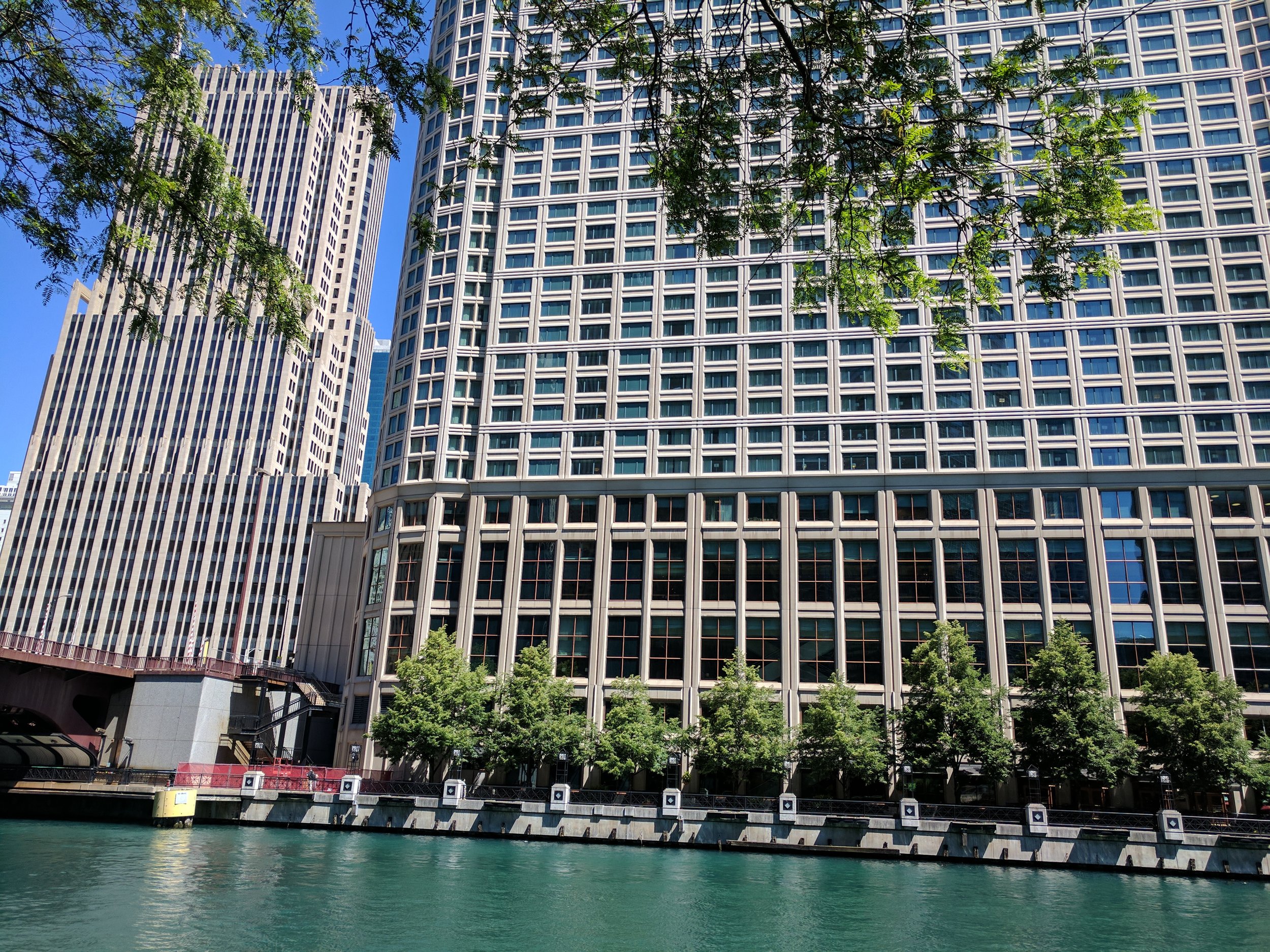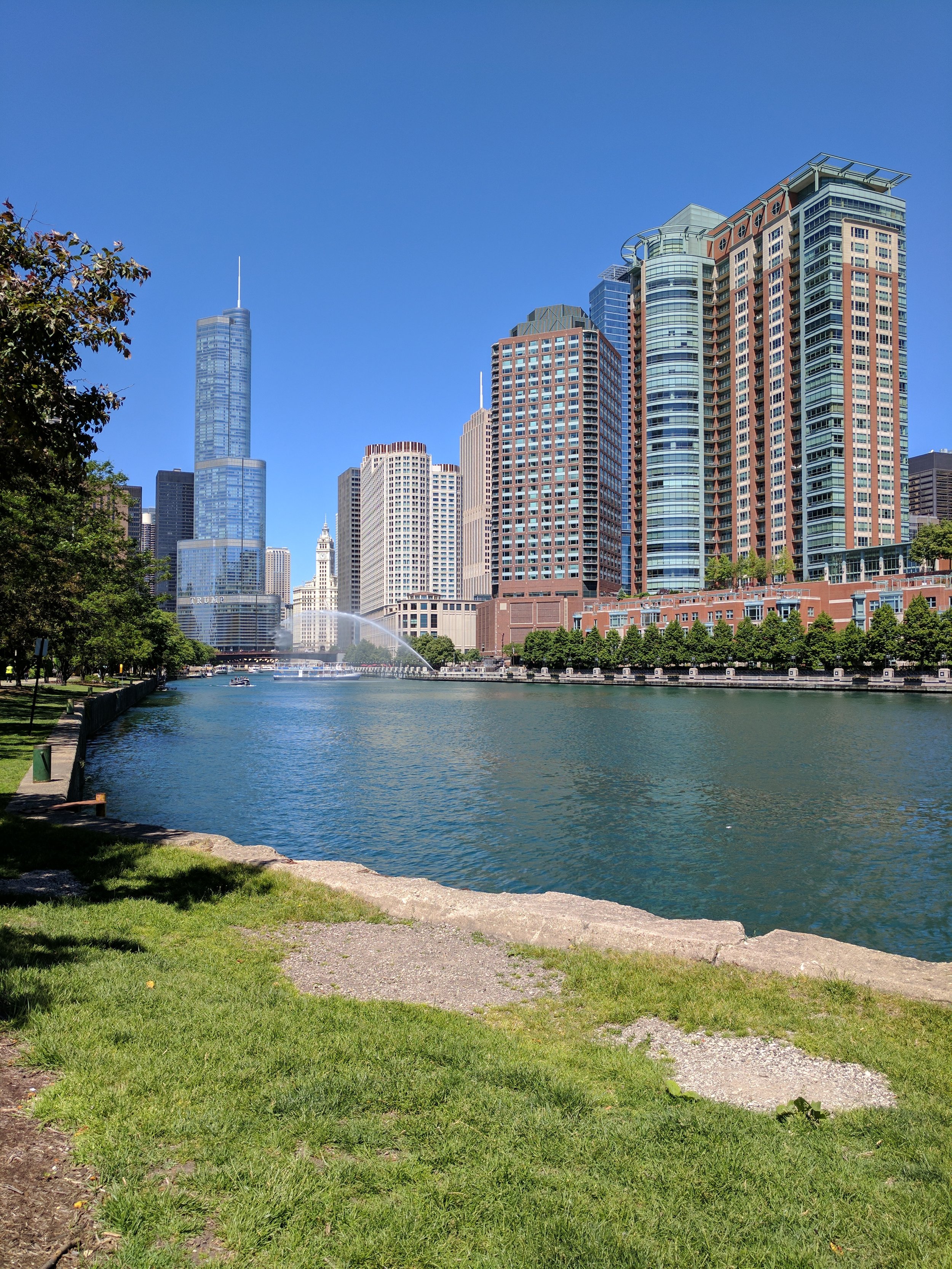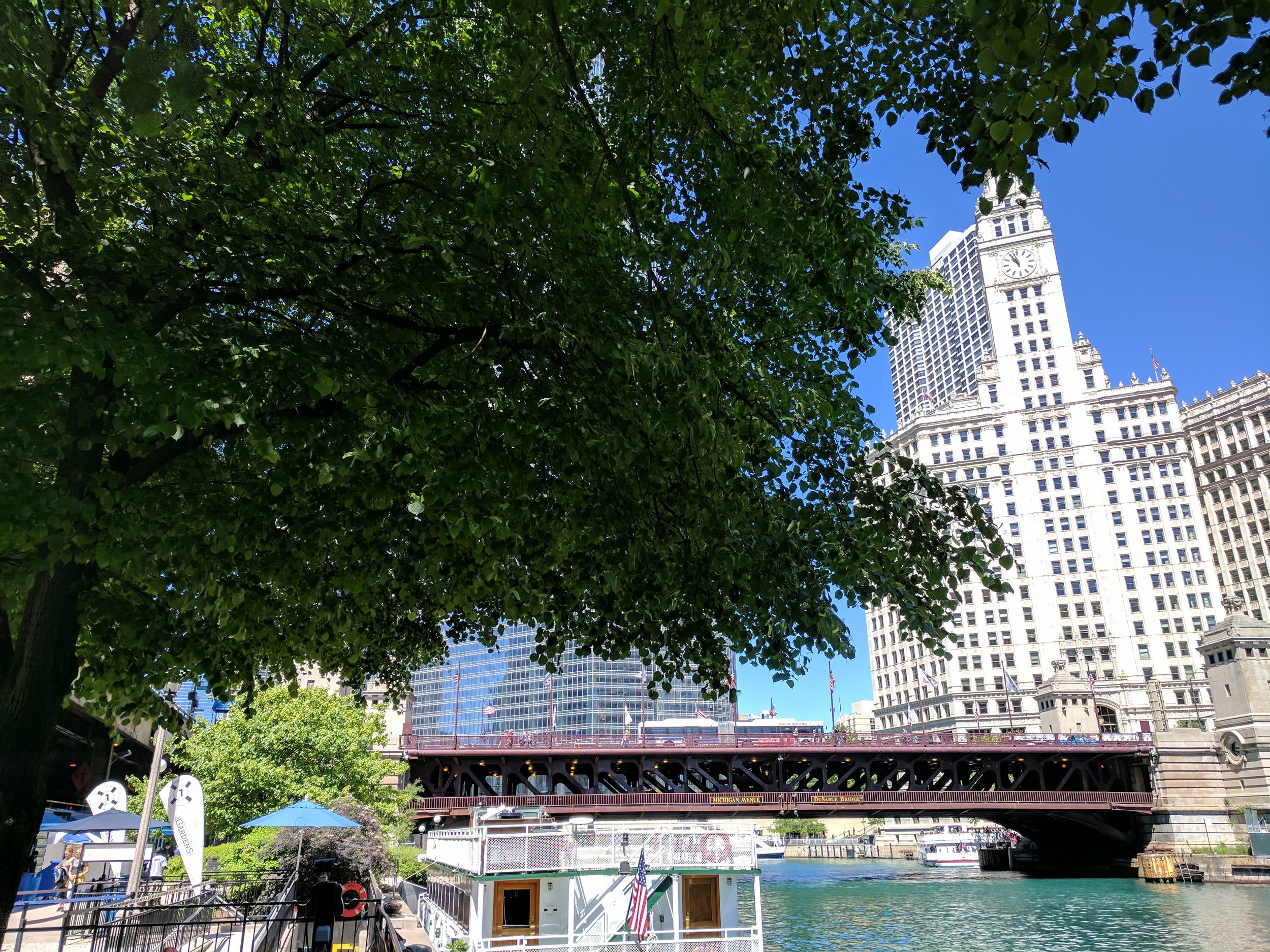CCC Architecture
Programs in Architectural Studies at the City Colleges of Chicago
Composition
In drawing, the term composition means the way the components of a drawing are arranged by the artist. Some key components of a composition are positive shapes (the objects or persons), negative spaces (the empty areas), and the format (the relative length and width of the bounding edges of a surface). To compose a drawing, therefore, the artist places and fits together the positive shapes and the negative spaces with the format (Edwards, p .98).
Qualities/conditions to consider: Balance, edge, size, focus
Exercise 1
On one sheet of your sketchbook draw 6 squares that are roughly 2 inches x 2 inches. Inside each shape draw three squares and/or rectangles.
Considerations:
- How do you make a balanced composition?
- What is the relationship of the shapes to the edges of rectangle or square?
- What happens if all of the square are the same size? All different sizes?
Exercise 2
Repeat Exercise 1 except fill the negative space with tone.
Exercise 3: Objects (provided)
Arrange three objects on your desk. On a page of your sketchbook draw 6 squares that are roughly 2 inches x 2 inches. In the first square quickly draw the composition. Move the objects or look at the composition from a different angle. Draw the composition in the next square. Repeat until you have filled all six squares.
Consideration when selecting a view
Wang, Thomas C.. Pencil Sketching, 2nd ed. New York: Wiley, 2002. 72. Print.
Wang, Thomas C.. Pencil Sketching, 2nd ed. New York: Wiley, 2002. 73. Print.
The compositions shown below are weak. Why? How could you change them to improve the compositions?
Exercise 4: Thumbnail Sketches
In your sketchbook draw twelve rectangles that have the same proportions as your paper and that are approximately one-quarter the size of your paper. If one edge of your paper is 8 inches, then the corresponding side of your rectangle would be 2 inches. Use as many sheets of your sketchbook as necessary.
Each thumbnail should be from a different position. Walk around the space in search of interesting compositions. Five minutes per sketch may not be needed for drawing each thumbnail, but it may take you a little while to find views to sketch. You are basically experimenting with different compositions so that you can choose one or more to develop further. Keep in mind that we will be returning to the same place to draw.
From Architecture and Cityscapes by Gabriel Campanario, p. 14.
.
.
.













